Sharks might star within the bloodiest blockbusters—and positive, spiders are inclined to monopolize the phobia division—however, whenever you get all the way down to the info, these are merely two lessons of creatures among the many scariest to stalk the planet. In truth, there are various ferocious beasts, each giant and small, which can be downright lethal. From actively contributing to significant lack of human life to packing sufficient venom to place unfortunate vacationers out of fee, listed here are the 13 most beautiful and deadly animals in the world—and the place to search out them.
13. Cape Buffalo
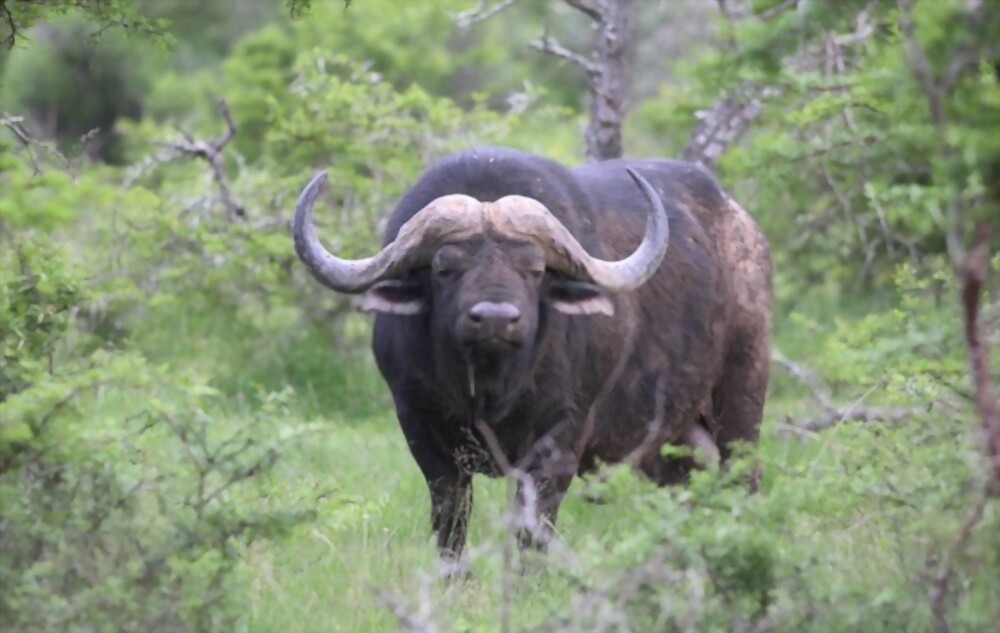
Cape buffalo, which quantity round 900,000, are a comparatively gentle species when left alone, preferring to journey in large herds to graze in the early morning and late afternoon hours, or to assemble round watering holes to remain hydrated. However, if a person (or its calf) is threatened or wounded, they turn out to be the incarnation of their nickname: Black Death. Reportedly chargeable for killing extra hunters on the continent than every other creature, these behemoths, which might develop as much as almost six toes tall and weigh near a ton, circle and stalk their prey earlier than charging at speeds of as much as 35 miles per hour. They’re even recognized to proceed to charge irrespective of the place they’re injured and won’t hesitate to assault shifting automobiles. Suffice to say, you don’t wish to mess with these horns.
12. Cone Snail
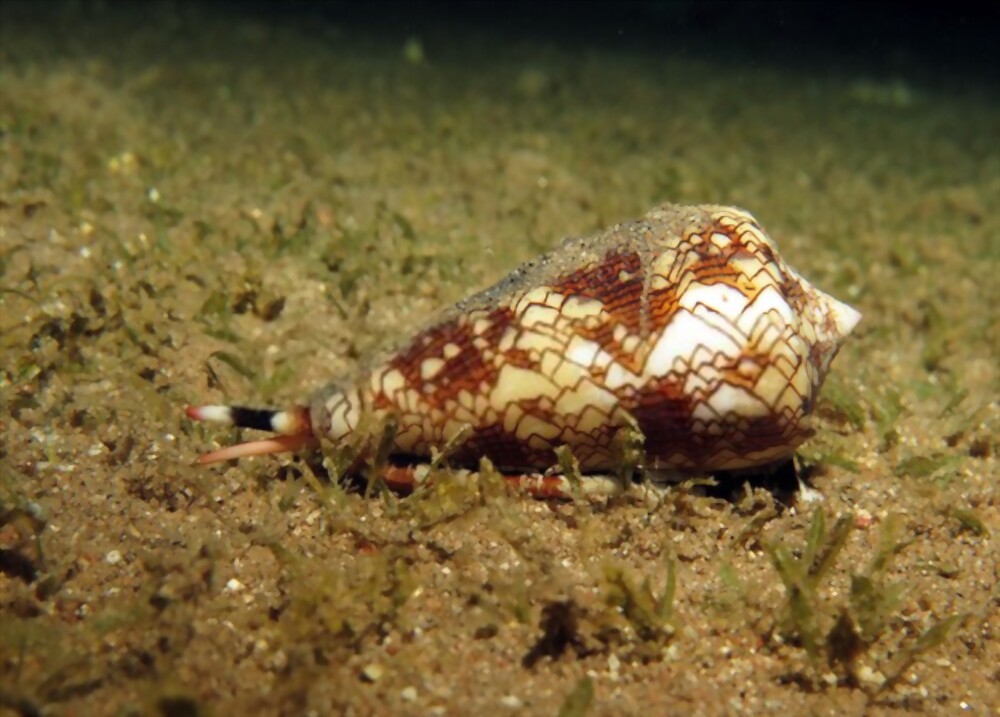
Found within the heat waters within the tropics, these beautiful creatures—immediately recognizable for his or her extremely prized brown-and-white marbled shells—may be seen in shallow depths nearer to shore, near coral reefs and rock formations, and beneath sandy shoals. But don’t dare to touch the 4- to 6-inch lengthy gastropods: They’re hiding, harpoon-like “teeth” include a fancy venom referred to as a conotoxin, making them probably the most venomous species of snails. Only a handful of individuals ever stung, however, fairly sadly, there is no such thing as an antivenom. The toxin stops nerve cells from speaking with each other; so the creature not solely causes paralysis inside moments, however, per its nickname of “cigarette snail,” affords you about sufficient time to smoke a stick earlier than you die.
Where to search out them: The Caribbean, Hawaii, and Indonesia
11. Golden Poison Dart Frog
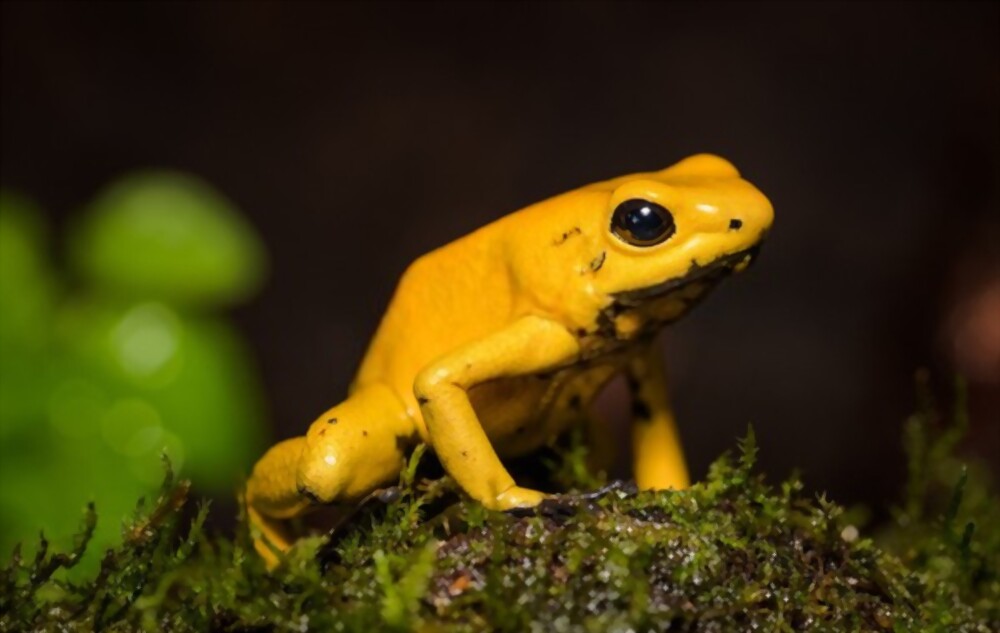
The poison dart is a big, numerous group of brightly colored frogs, of which solely a handful of species are significantly harmful to people. The most threatening, the golden poison dart, inhabits the small vary of rain forests alongside Colombia’s Pacific coast and grows to round two inches lengthy (roughly the scale of a paper clip). Its poison, referred to as batrachotoxin, is so potent that there’s enough in one frog to kill ten grown men, with solely two micrograms—roughly the quantity that may match onto the pinnacle of a pin—wanted to kill a single particular person. But what makes the amphibian particularly harmful is that its poison glands are situated beneath its pores and skin, which means a mere contact will trigger hassle. Little marvel the indigenous Emberá folks have laced the information of their blow darts used for searching with the frog’s toxin for hundreds of years. Sadly, deforestation has landed the frog on a number of endangered lists, however even when you do have an uncommon sighting when hiking, don’t go reaching for it.
Where to search out them: Northern South America
10. Box Jellyfish
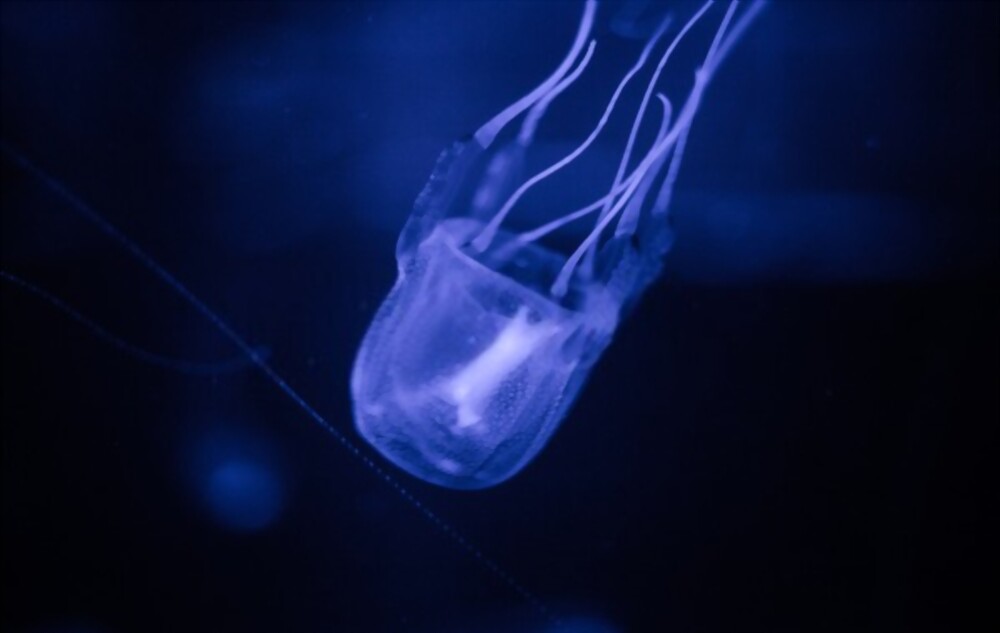
Often discovered floating (or slowly shifting at speeds shut to 5 miles per hour) in Indo-Pacific waters, these clear, nearly invisible invertebrates are thought-about by the National Oceanic and Atmospheric Administration as probably the most venomous marine animal on the planet. Their namesake cubic frames include as much as 15 tentacles on the corners, with every rising as a lot as 10 toes lengthy, all lined with hundreds of stinging cells—referred to as nematocysts—that include toxins that concurrently assault the guts, nervous system, and pores and skin cells. While antivenoms do exist, the venom is so potent and overwhelming that many human victims, of the tons of reported deadly encounters every year, have been recognized to enter shock and drown or die of coronary heart failure earlier than reaching shore. Even if you’re fortunate sufficient to make it to the hospital and obtain the antidote, survivors can generally expertise appreciable ache for weeks afterward, and bear nasty scars from the creature’s tentacles.
Where to search out them: Off the northern coast of Australia
9. Indian Saw-Scaled Viper
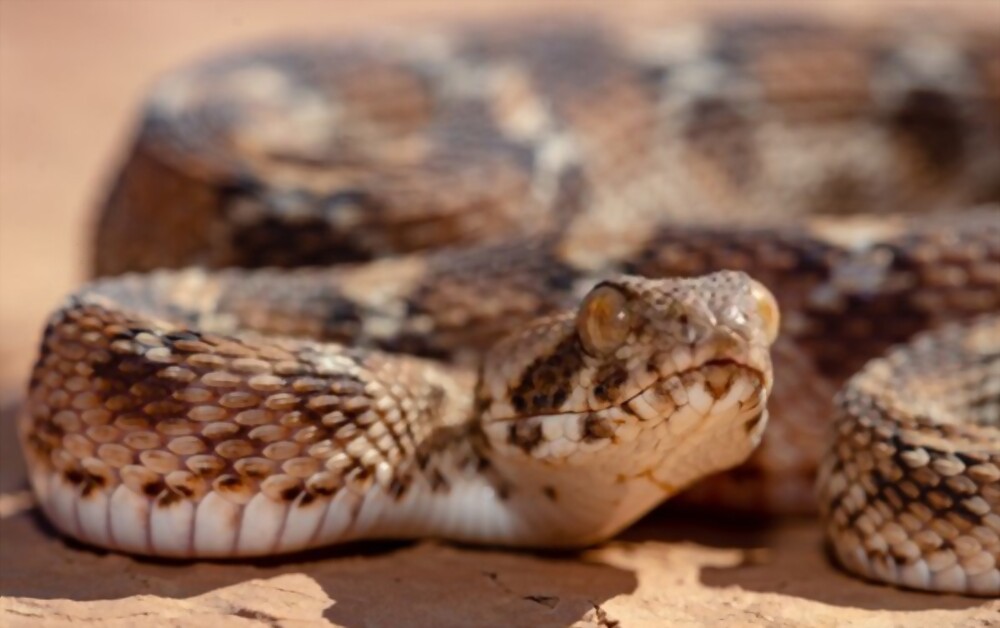
While loads of snake species pack sufficient venom to simply convey down a human, not all of them take the multifaceted strategy of the Indian saw-scaled viper, which is why they’re one of many high contributors to snakebite circumstances. Sometimes referred to as the little Indian viper or just the saw-scaled viper, these reptiles stay in a number of the most populated areas of the vary they occupy, which stretches properly past India. They stay inconspicuous by utilizing their pure camouflage to mix into desert surroundings. Because they’re sometimes lively at night time, it’s finest to hear for his or her defensive scorching sound; this comes from conduct referred to as stridulation, through which the snake varieties coils and rubs its scales collectively. Even with a warning, saw-scaled vipers are extraordinarily aggressive, with greater than double a deadly dose into every chew. (Luckily, there may be an efficient antivenom.)
Where to search out them: Parts of the Middle East, Central Asia, and the Indian subcontinent
Read More: 15 beautiful aquarium fish in the World
8. Pufferfish
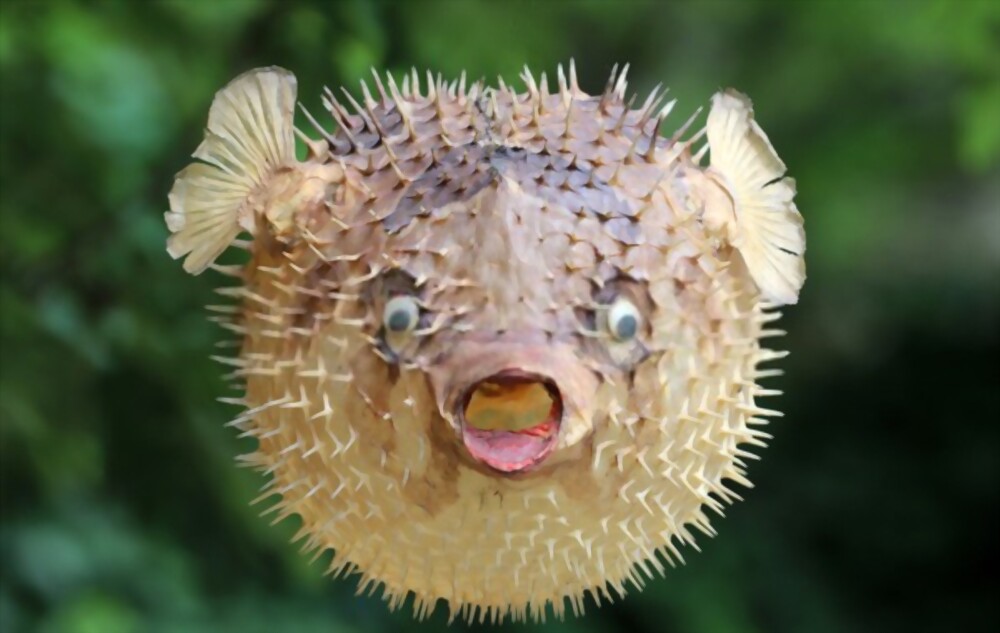
Pufferfish, also called blowfish, is situated in tropical seas across the globe. Though they’re the second most toxic vertebrate on the planet (after the golden arrow dart frog), they’re arguably extra harmful as their neurotoxin (referred to as tetrodotoxin) is discovered within the fish’s pores and skin, muscle tissue, liver, kidneys, and gonads, all of which should be prevented when making ready the creature for human consumption. Indeed, whereas wild encounters are actually harmful, the chance of dying from a pufferfish will increase when consuming it in nations like Japan, the place it’s thought-about a delicacy referred to as fugu and might solely be ready by skilled, licensed cooks—even then, unintended deaths from ingestion happen several times each year. The tetrodotoxin is as much as 1,200 instances extra toxic than that of cyanide and might trigger deadening of the tongue and lips, dizziness, vomiting, arrhythmia, issue respiratory, muscle paralysis, and, if left untreated, death.
Where to search out them: Around Japan, China, and the Philippines
7. Black Mamba
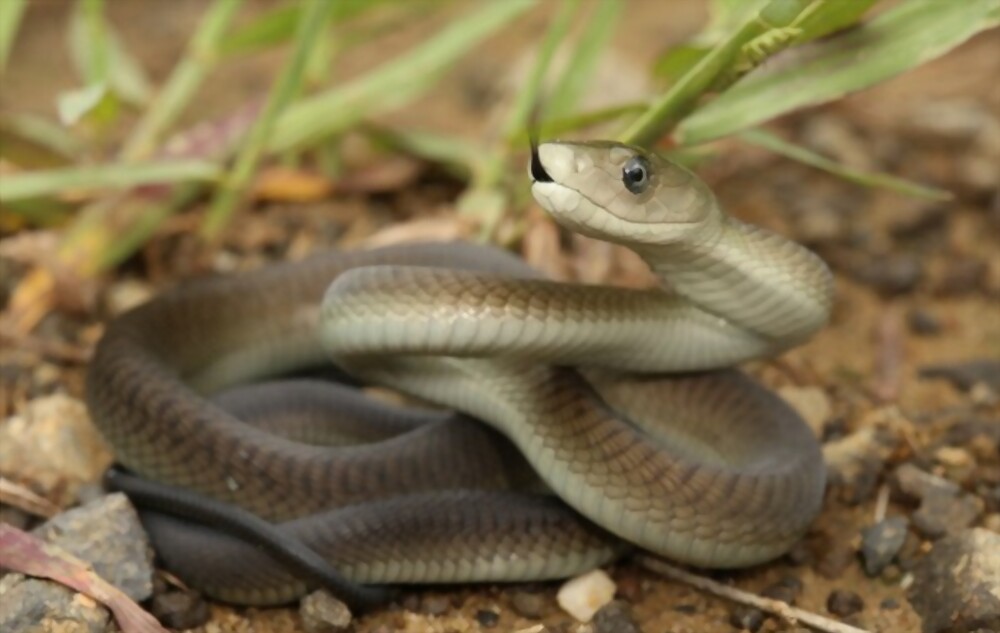
Though species just like the boomslang or the king cobra are harmful because of their respective poisons, the black mamba is particularly lethal as a consequence of its pace. The species (which might develop as much as 14 toes lengthily) is the quickest of all snakes, slithering at speeds of as much as 12.5 miles per hour, which makes escaping one in distant areas rather tougher. Thankfully, black mambas normally solely strike when threatened—however, once they do, they’ll chew repeatedly, delivering sufficient venom (a mix of neuro- and cardiotoxins) in a single chew to kill ten folks. And if one doesn’t obtain the correlative antivenom inside 20 minutes, the bites are nearly 100 % deadly.
Where to search out them: The savannas and rocky areas of southern and jap Africa
6. Sydney Funnel-Web Spider
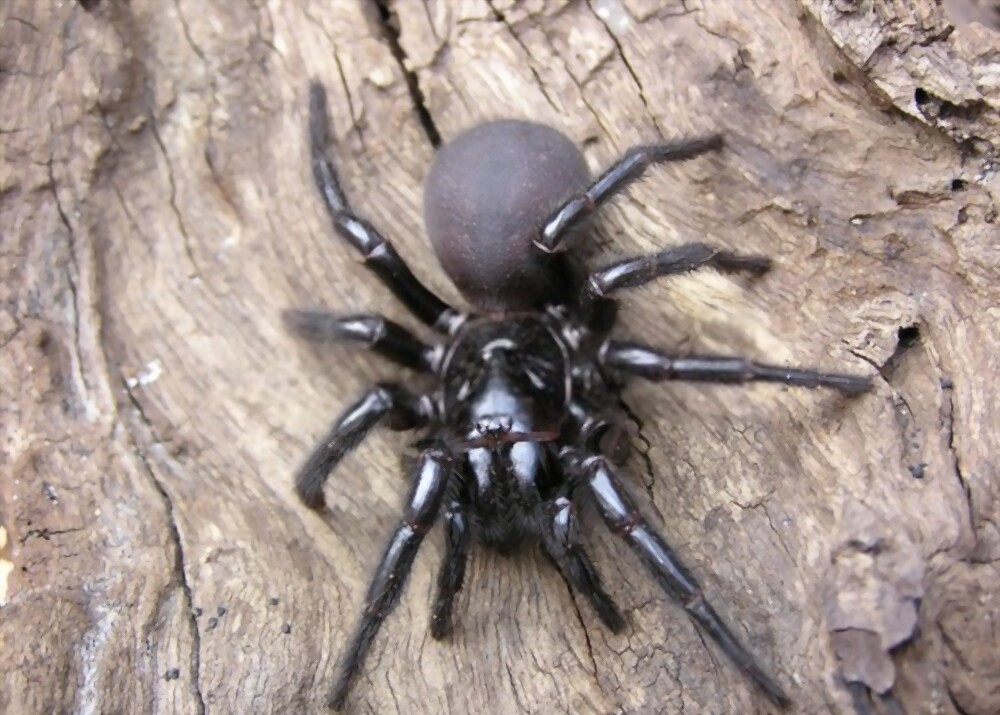
Some spiders flaunt their lethality with flashy colors or alien-like appendages, however, few are as able to follow by on that promise because of the shiny black Sydney Funnel-Web Spider. A funnel-web’s chew is a severe trigger for alarm: Fatality amongst adults can happen inside 30 minutes, for the reason that batrachotoxin of their venom causes the human nervous system to brief out. (Interestingly, their venom is just not significantly bothersome to non-primate mammals, together with family pets.) What makes funnel-webs particularly harmful is their proximity to people and the pure conduct that drives them to hunt shelter and construct webs in sheltered burrows—like sneakers and garden ornaments. Aggressive to start with, and susceptible to wandering, funnel-web’s fangs can pierce a human fingernail or perhaps a shoe, which they may do repeatedly when threatened. The chew of a funnel-web is so fearsome that docs advocate searching for antivenom after tangoing with any black spider within the funnel-web household, simply in case.
Where to search out them: The jap and southern coasts of mainland Australia, plus Tasmania
5. Stonefish
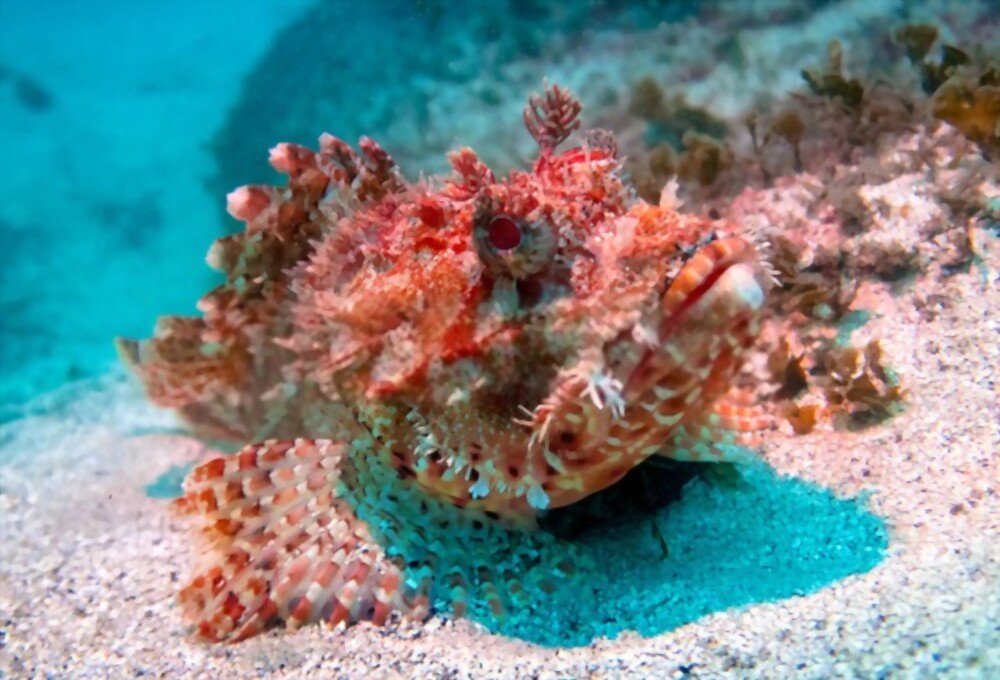
The most venomous fish recognized to people is a straightforward one to overlook—which is strictly what it needs. Stonefish, in spite of everything, is named for his or her visible similarity to rocks, sitting completely nonetheless and mixing proper into the seabed the place an unsuspecting foot can simply step down on their dorsal fins, primed and prepared with potent neurotoxins. The unluckiest clodhoppers will step onerous, making use of extra strain and rising the quantity of venom that will get injected; they could additionally set off the stonefish’s secondary protection mechanism referred to as a lachrymal saber, which has been likened to a switchblade of the face. Fatality from stonefish venom can happen inside an hour, so it’s really helpful to hunt antivenom instantly, making use of water heated to over 113 °F (45 °C) within the meantime to denature the venom. Most importantly, watch the place you step.
Where to search out them: Coastal Indo-Pacific Ocean, The Red Sea, and the Great Barrier Reef
4. Saltwater Crocodile
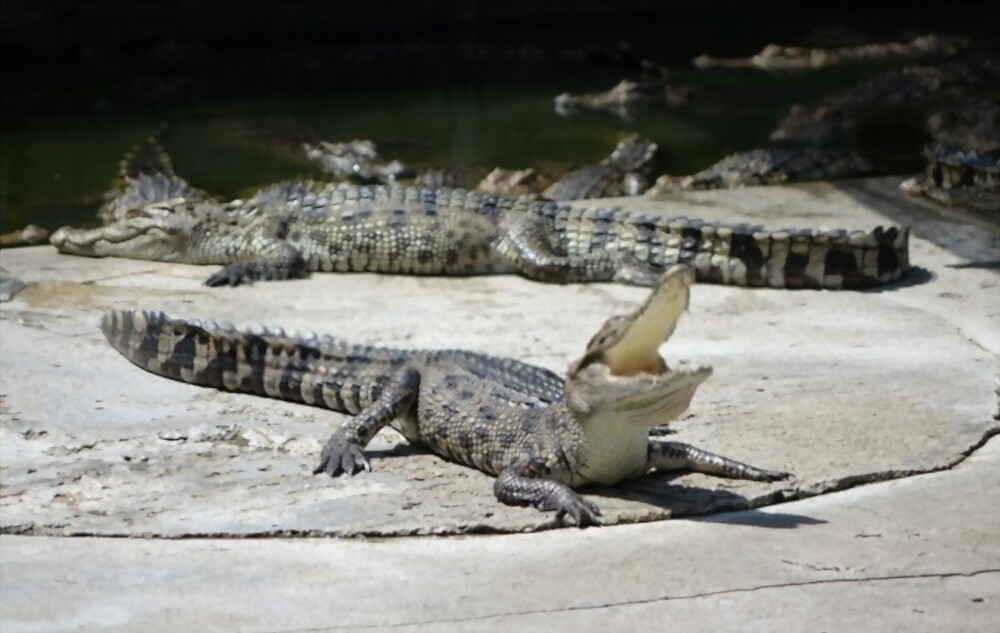
Florida’s alligators could also be scary, however, they don’t have anything on their cousin, the fearsome crocodile, which is extra short-tempered, simply provoked, and aggressive towards something that crosses its path. Of all of the species on the planet, the biggest—and most harmful—is the saltwater crocodile. These ferocious killers can develop as much as 23 toes in size, weigh greater than a ton, and are recognized to kill tons of every year, with crocodiles as an entire chargeable for extra human fatalities yearly than sharks. Saltwater crocodiles are particularly harmful as they’re glorious swimmers in each salt and freshwater (sure, their identity is complicated), and might strike rapidly with a chew delivering 3,700 pounds per square inch (psi) of pressure, rivaling that of the T. Rex. If that’s not sufficient to scare you, put it in perspective: Humans chomp right into a well-done steak at round 200 psi, a mere 5 % of the energy of a saltie’s jaw.
Where to search out them: The Indo-Pacific area starting from elements of India and Vietnam, all the way in which to northern Australia
See More: What Are the Cutest Cat Breeds?
3. Tsetse Fly
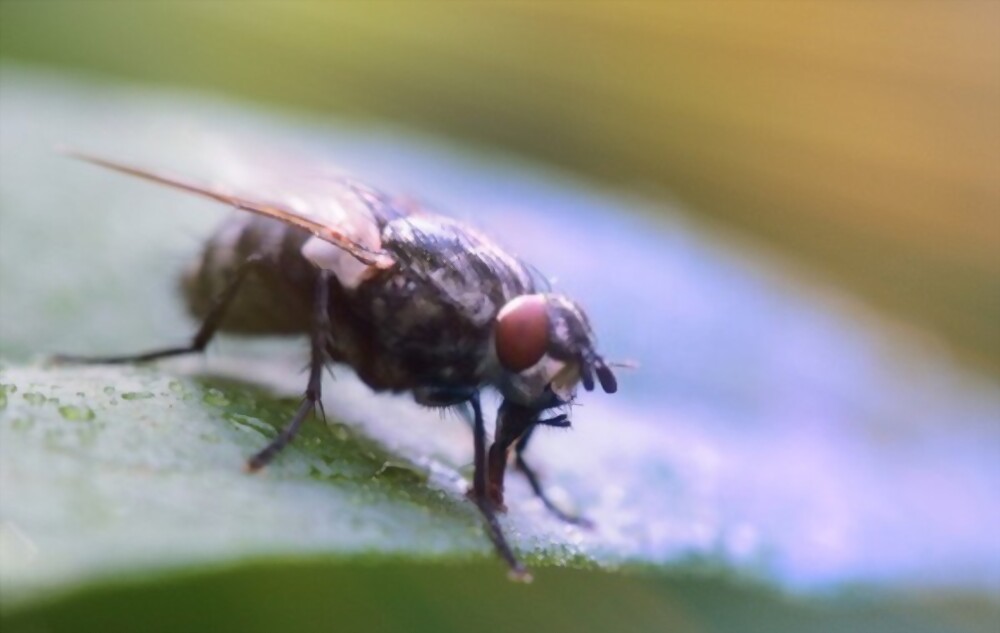
Often thought to be the world’s most harmful fly, the tsetse fly—a small speck of insect that measures between Eight to 17 mm, or about the identical dimension as the common home fly—is usually present in Sub-Saharan Africa, particularly all through nations within the heart of the continent. While the flies themselves are nasty blood-sucking bugs that normally feed through the peak heat hours, their true terror lies within the protozoan parasites they unfold referred to as Trypanosomes. These microscopic pathogens are the causative agent of African Sleeping Sickness, an illness marked by neurological and meningoencephalitis signs together with behavioral modifications, poor coordination, in addition to the disturbances in sleeping cycles that give the sickness its identity. If untreated, the situation can be fatal. While there are not any vaccines or medicines obtainable to stop an infection, strategies of safety embrace carrying neutral-colored clothes (the tsetse fly is drawn to shiny and darkish colors, particularly blue), avoiding bushes through the day, and utilizing permethrin-treated gear in additional distant areas.
Where to search out them: The Sudan, the Democratic Republic of the Congo, and Angola
2. Mosquito
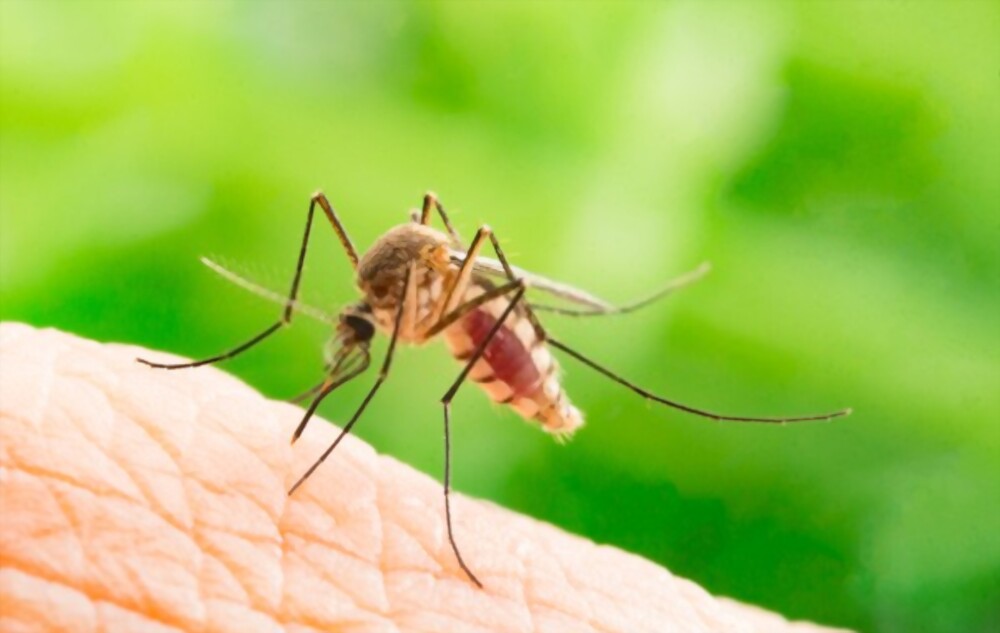
Clocking in at simply three millimeters at their smallest, the widespread mosquito, even tinier than the tsetse fly, ranks because the second most harmful. Our reasoning: the sheer variety of deaths every year, brought on by varied pathogens that a number of species of mosquitos (of the greater than 3,000 on the planet) carry to people. The irritating bugs—primarily these from the genera Aedes, Anopheles, and Culex—are the first vectors of illnesses like malaria, Chikungunya, encephalitis, elephantiasis, yellow fever, dengue fever, West Nile virus, and the Zika virus, which collectively afflict an estimated 700 million and kill roughly 725,000 folks every year. As the World Health Organization notes, more than half of the human population is at present in danger from mosquito-borne illnesses. Given that the pests are drawn to our physique temperatures and the CO2 we exhale, our best tools to prevent infection lie within the utilization of insect repellents excessive in lively elements like DEET and picaridin.
Where to search out them: Every area on the planet besides Antarctica
1. Humans

Surprised? After all, we’re animals too, and since we’ve been killing each other for 10,000 years, with the whole deaths from a battle alone estimated at between 150 million and 1 billion (and that was a decade in the past), it’s a no brainer that we high the checklist. Though human beings are mentioned to be dwelling in the most peaceful period now than at every other time in our historical past, we nonetheless assault one another with extremely excessive charges of mindless brutality, from gun violence to terrorist assaults across the globe. We’re harmful to different animals, too—assume world warming, the destruction of forests and coral reefs, and over-tourism. Given the risk we pose to numerous different creatures—and the truth that we regularly act irrationally and have the capability to annihilate our whole planet with a number of horrifying weapons like nuclear units and genetically-modified superbugs—we’re squarely atop the checklist as probably the most harmful animal on the planet.


GIPHY App Key not set. Please check settings